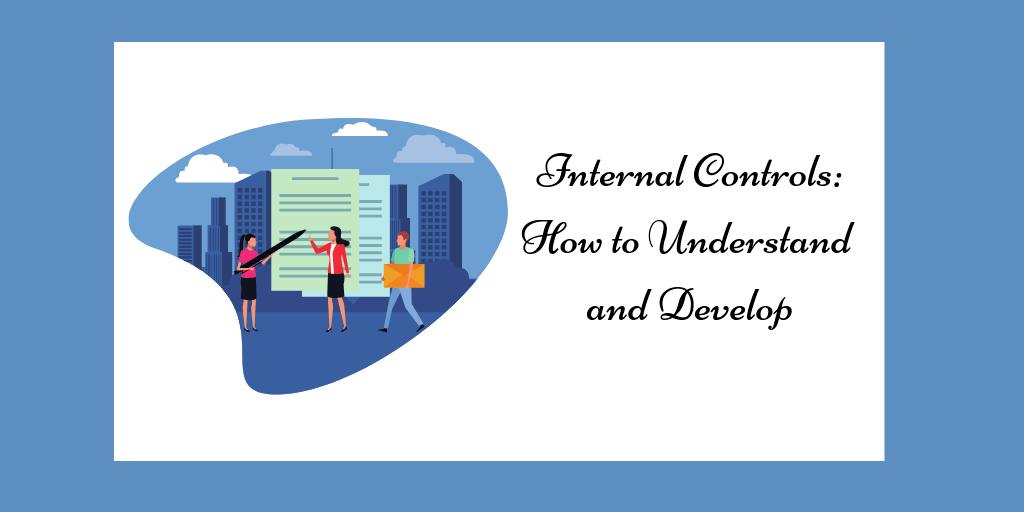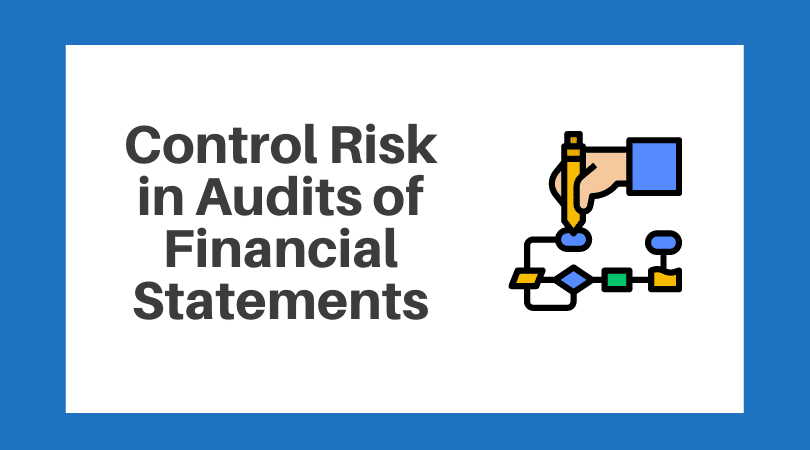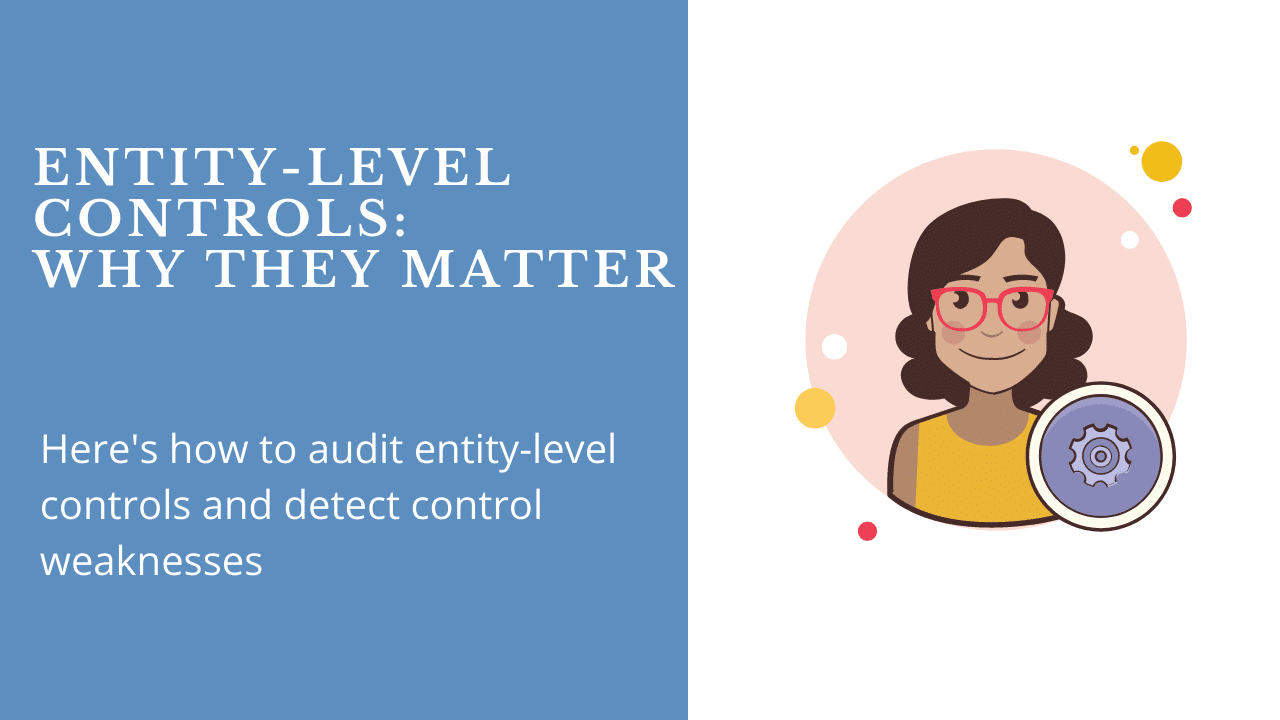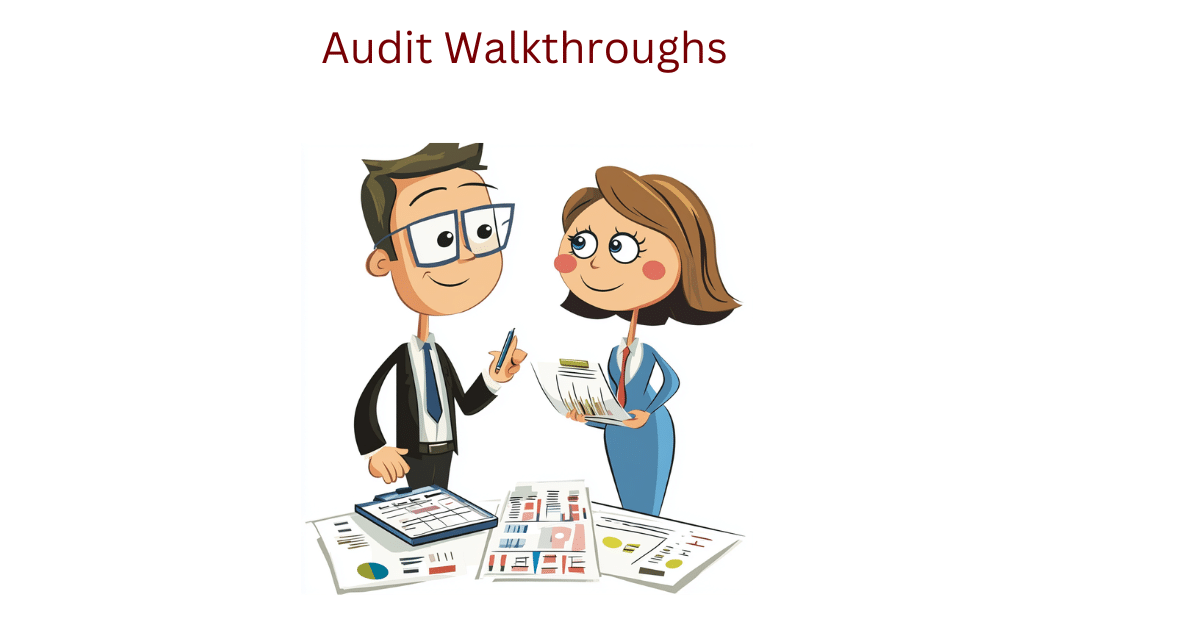Internal Controls: How to Understand and Develop

Many CPAs don’t understand internal controls. Sure, we know that segregation of duties is a positive, but we are sometimes unaware of internal control weaknesses though they lie right before us. Why is this? Well, there are about a million ways that an accounting system can be designed, and no two businesses are the same. So seeing control weaknesses can be challenging.
If you work for a business, you need to understand controls so you can build a safer accounting system.
If you are an auditor, you need to understand controls so you can appropriately design your audit.
Today, I show you how to design an accounting system with sound internal controls. And if you are an auditor, you’ll better understand how to see control weaknesses. We’ll start with the COSO framework and later we’ll examine the importance of separation of duties.
The focus of this article is building an internal control structure that ensures financial statement accuracy and prevents fraud.
COSO Internal Control Framework
COSO provides a framework for developing internal controls. Think of this framework as your ecosystem to ensure a healthy internal control system. The five elements of the framework are:
- Control environment
- Risk assessment
- Control activities
- Monitoring
- Communication and information
Though accountants and auditors tend to focus on the third element, control activities, all five are important in the development of a sound internal control system.
1. Control Environment
Control environment is often referred to as tone at the top. It’s the leadership part of the organization, and it’s here that internal controls live or die.
If you are a board member, demand internal control reports from management. Those reports should explain the organization’s processes and controls as well as monitoring activities. In other words, management should demonstrate not only that controls exist, but that they are working.
My experience with boards is they often don’t think about internal controls until it’s too late. When fraud happens, then the board wants to know how it happened and why. Boards need to know what is happening and why, before theft occurs. Then they can devote enough resources—hire the right people with the right experience–to ensure system development and monitoring.
Developing a strong internal control system is an ongoing process. Companies need to constantly evaluate their accounting system and its operation. How? First, by performing risk assessments.
2. Risk Assessment
An organization should determine if its accounting system allows misstatements. How? By examining the various transaction cycles such as billing and receipting; payables and disbursements; and payroll. As you examine each transaction cycle, ask what can go wrong? Then create controls to address accounting system weaknesses.
Are daily receipts being reconciled to the general ledger? If not, then develop a control requiring that this be done. Are new vendors vetted for appropriateness? If not, require procedures to ensure the propriety of new vendors. (My book, The Why and How of Auditing, provides lists of questions to ask by transaction cycle. You’ll find it on Amazon.)
The risk assessment process naturally leads to the develop of appropriate controls. Once you know what can go wrong, you fix it by developing a control. This is the third element of COSO: control activities.
3. Control Activities
Control activities is the core component of internal controls. This is where the action is, where you develop your controls. The other four components of COSO (control environment, risk assessment, monitoring, and communication) support this central core. Examples of control activities include:
- Bank reconciliations
- Purchase orders
- Signatures on checks by authorized personnel
- Review of cash receipting activity by the receipts supervisor (after cash drawers are balanced at the end of a shift)
- Periodic physical inventories of plant, property, and equipment
- Reconciliation of debt in the general ledger to amortization schedules
In risk assessment, we determine what could go wrong? Now we create a control to lessen the risk that the event could occur. For instance, with regard to cash, we might think, “cash balances could be incorrectly stated.” Therefore, we implement a control–bank reconciliations–to ensure correctness.
Separation of accounting duties is important in regard to control development. We’ll discuss that area in more detail below.
4. Monitoring
Once controls are in place, you want to monitor them to ensure their use. What good is a control if it is not performed? An example of monitoring is having a supervisor inspect bank reconciliations to ensure that they were created (and that they are correct).
So, the idea here is you develop internal controls and then monitor them. Why? To ensure the control is in use and that it is performed correctly.
Next, document the accounting system and controls to make them understandable.
5. Communication and Information
In the fifth COSO element, we are documenting the internal control system. You can document the controls in several different ways including:
- Memos
- Flowcharts
- Formal manuals
- In Excel workbooks
- Mindmaps
Which is best? That depends on the complexity of your system. Small organizations can use simple memos. Large entities should create formal manuals.
What is the goal? To make sure everyone understands how controls work and the reason for their existence.
In many organizations (especially smaller ones), controls are never written down. They are passed down. What do I mean? When a new accountant is hired, he or she is told what to do. Often there is no manual explaining procedures and controls. These oral instructions may not explain why internal controls are performed or how they interact with other parts of the accounting system. Consequently, new employees blindly follow oral instructions without understanding their importance. Worse yet, some don’t perform the controls at all.
An added benefit of documenting controls is it makes system weaknessses more transparent. For instance, if you are documenting your accounts payable system, you might realize that an inappropriate person can add vendors. Or you might see that the payables process lacks segregation of duties.
Now let’s take a look at a key feature of developing an internal control system: separation of accounting duties.
Separation of Accounting Duties
In the third COSO element above (control activities), we mentioned separation of accounting duties (also known as segregation of duties). What is this? It’s dividing accounting responsibilities among multiple people in order to enhance safety. More eyes equals greater safety. Why? Well, if a mistake or theft occurs, it is more likely to be seen.
There are four actions that are performed in most accounting transaction cycles. They are:
- Authorization
- Bookkeeping
- Custody
- Reconciliation
A potential fraud danger exists when one person performs two or more of the above. For example, if Mark enters payments in the accounting system (bookkeeping) and signs checks (authorization), there is a threat that Mark will write checks to myself–especially if he knows that no one compares cleared checks to the general ledger.
The determination of whether danger exists is dependent on the full picture. If Mark knows that Joan–the person reconciling the bank statement–compares cleared checks to the general ledger and that she reviews the payee’s on each check, then the danger of theft goes down. If Joan just compares the amount on the bank statement to the general ledger (and does not review the payee on the cleared check), the danger increases.
If all four of the above actions are performed by one person, then a significant control weakness exists. Auditors call this a material weakness. In such situations, it’s advisable to include additional personnel in the accounting system. Why? So duties can be separated among various people.
Some companies are unable create separation of duties. Why? There may not be enough people to do so (it’s hard to segregate duties with only one person in accounting) and it costs money to hire additional personnel. Without a sufficient number of people, it is difficult to design a safe environment. Even so, there are still ways to make your accounting system safer.
Financial Statement Misstatements
There are two ways that financial statements can be misstated: one is by mistake, and the second is intentionally. The first is just part of being human, the second is fraud. We need a system that reduces both threats.
Misstatements Due to Mistakes
We all make mistakes. Entries are coded to the wrong chart of accounts line. We forget to enter an invoice in payables. We fail to reconcile our bank accounts. We use inappropropriate revenue recognition methods.
How do we become aware of our mistakes? By review. These reviews are performed by the person that does the initial accounting work and by others–a supervisor, for example. The supervisor’s review is an internal control.
Some accounting systems point out our errors in real time. For example, if I try to enter the same invoice twice, the system will tell me. The accounting system notice is an internal control.
So, internal controls can involve both humans (the review) and computers (input notices). The purpose of each is to ensure the correction of errors.
Misstatements that are Intentional
Sometimes companies intentionally misstate their numbers. Why? Usually to make themselves look better than they are. If profits are declining, the CEO or CFO might pressure the staff to create fictitious entries. Consider that an organization can make one journal entry on the last day of a year to inflate it’s profits such as:
Dr. Cr.
Receivables 10,000,000
Revenue 10,000,000
This is an example of financial statement fraud. Know that there are hundreds of ways that financial statement fraud can occur. Also understand that when assets are stolen from a business, fraudsters often hide theft with false accounting entries.
In developing internal controls, you want to create a system that prevents these types of intentional misstatements. Even when a good accounting system exists, management override is always a concern. Consider the WorldCom fraud. What is management override? It’s when management forces staff members to ignore internal controls and perform inappropriate procedures.
Closing Comments
Now you have a better understanding of internal controls.
If you work for a business, nonprofit, or government, make your system better by applying these ideas.
If you’re auditor, use the above to assist you in your risk assessments and walkthroughs. (See my article about documenting your walkthroughs.)




